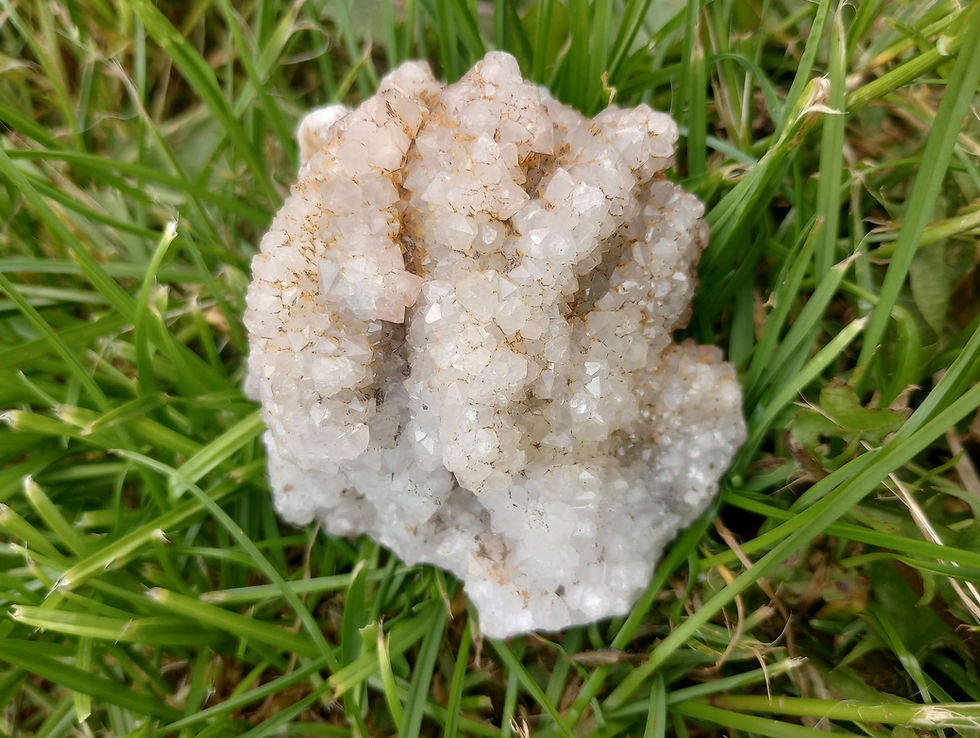How to Find Rock Hunting Areas?
- Katriona MacMillan

- Jun 1, 2022
- 3 min read
Updated: Jun 26, 2023

Rockhounding is one thing, but finding the good rocks is a whole other ballgame. Are you checking the good spots?
{Updated June 26th, 2023.}
We make no secret of the fact that it has taken us years to come up with good rockhounding spots. That’s why we are unlikely to give them out to any passing person. There are limited spots in the UK and especially in Scotland. Not to mention there are rules and regulations to uphold regardless of where you hunt. Lots of these are common sense, but we still find ourselves explaining ourselves on social media a lot. So this blog is an answer to the questions of where we go to look at rocks.
Rock Hunting in the UK – Do I Need a License?
First of all, no, you do not need a license to pick up stones. What you do need is the landowner’s permission. In Scotland, a lot of the ground is common, not technically owned by one person, or owned by someone who doesn’t tend that land. Wealthy landowners might not care if you are picking up quartz, but if you start to find gold, you can be sure they will chase you for it. It’s better to find out who owns potential hunting grounds and seek out their permission before you go.
There are a few estates in Scotland who will give you express permission to hunt for gold on their land. One is in Wanlockhead in the south and another is up north in Helmsdale. There are strict rules on panning in these areas. Since rockhounding is similar to panning and since we don’t want to upset anyone by doing otherwise, we follow the same rules. You can find further instruction through the SEPA website, too. You may need to buy gold panning gear before you go. You can pan for free in certain areas but there are always rules attached. If you can see someone's house from your panning spot, it may upset the locals.
We do not remove material that will cause excessive erosion. We do not harm the flora or fauna. We stick to paths. We don’t walk across the middle of fields. We don’t hunt grounds we don’t have permission to hunt and we don’t break the law to obtain rocks. There are further rules regarding protection of the coastline which mean we cannot remove material from above the tide line, either. Rest assured that we take every care to follow these rules. Agates do tend to hide in rivers.
How do you find spots to hunt for rocks?
Identifying good areas is therefore a little troublesome. Start with a map and some transport. An excellent way to find spots to hunt for rocks is to look in the likeliest places. Waterways, for example, transport rocks that farmers have dug from their fields out to sea. Material in the centre of a river is generally transient, therefore not belonging to a single landowner. We can look in mountain paths and in nature, as long as we are sensible and we follow the geologists codes on collecting samples.
The best way to find rock hunting spots is to look for old mine works in your area. If there are mines, our predecessors were digging out minerals in one form or another. Finding out which minerals can help you to find related rocks and crystals. For example, you might know an area where quartz grows, but if you can find a place in that area with high iron and manganese content in that soil, you can potentially find other varieties of quartz such as rose or amethyst.
How do you find these places? You look at the map, you drive out and investigate it, you look for rocky outcrops, then you return and start again. The process is based on trial and error and will take a long time. We have five years of ongoing experience in hopping in and out of the car. There’s no easy way to do it, you just have to put in the legwork.
We appreciate that’s not what people want to hear, but you can’t be a rockhound and wake up one day knowing where the good spots are. You have to get out and get looking. It’s the only way you will ever find anything worthwhile.




Comments